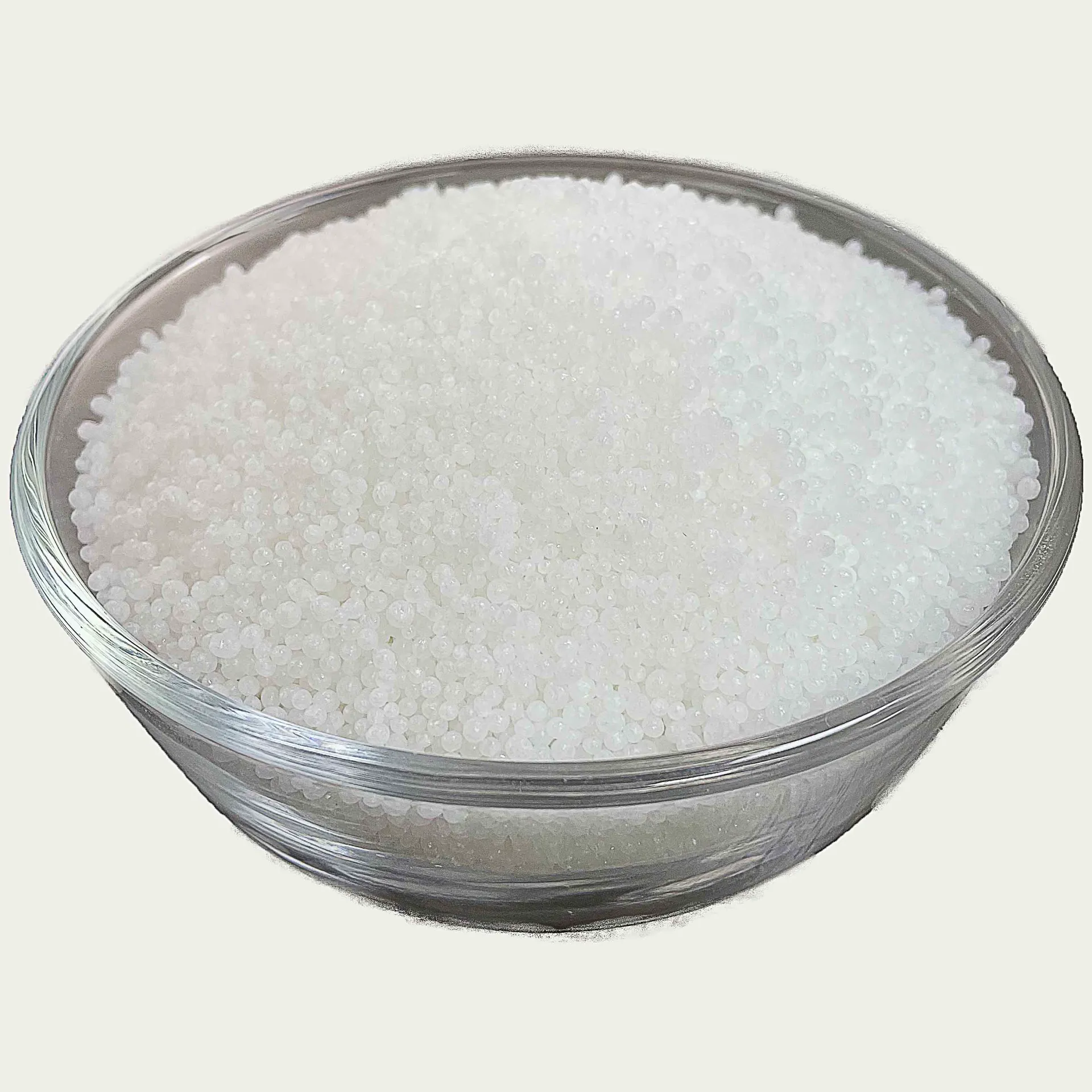
ธ.ค. . 11, 2024 09:40 Back to list
NPK Fertilizer Blend 2010 2626 for Enhanced Plant Growth and Nutrition
Understanding NPK 10-26-26 Fertilizer A Comprehensive Guide
Fertilizers play a crucial role in modern agriculture, enhancing soil fertility and boosting crop yields. Among various types of fertilizers available in the market, NPK 10-26-26 has emerged as a popular choice, especially for certain crops requiring specific nutrient ratios. This article explores the significance, composition, application, and benefits of NPK 10-26-26 fertilizer.
What is NPK 10-26-26?
NPK stands for Nitrogen (N), Phosphorus (P), and Potassium (K), which are essential macronutrients for plant growth. The numbers in the NPK formula represent the percentage of each nutrient present in the fertilizer. In the case of NPK 10-26-26, the fertilizer consists of 10% nitrogen, 26% phosphorus, and 26% potassium.
Composition and Benefits
1. Nitrogen (10%) Nitrogen is crucial for promoting rapid growth and green foliage. It is a key component of chlorophyll, the green pigment essential for photosynthesis. Nitrogen also aids in the synthesis of proteins, which are vital for plant structure and enzyme function. While NPK 10-26-26 has a lower nitrogen content compared to some other fertilizers, it is balanced by higher phosphorus and potassium levels, making it suitable for certain stages of plant development.
2. Phosphorus (26%) Phosphorus is vital for root development, flowering, and fruiting. It enhances energy transfer within the plant and is crucial for the formation of DNA and RNA. The high phosphorus content in NPK 10-26-26 stimulates strong root growth, making it ideal for young plants and crops during the flowering stage.
3. Potassium (26%) Potassium contributes to overall plant health and resilience. It regulates various physiological processes, including water uptake and enzyme activation. Adequate potassium levels ensure that plants can withstand stress from drought, pests, and diseases. The balance of phosphorus and potassium in NPK 10-26-26 makes it particularly effective for boosting fruit development and enhancing overall crop quality.
npk 10 26 26

Application in Agriculture
NPK 10-26-26 is often used in specific agricultural settings, particularly for crops like fruits, vegetables, and flowering plants. The application process generally involves the following steps
- Soil Testing Before applying any fertilizer, it's essential to conduct a soil test to determine existing nutrient levels. This helps farmers understand the specific needs of their crops. - Timing of Application NPK 10-26-26 is typically applied during the early stages of plant growth and at key developmental stages, especially during flowering and fruiting. This timing ensures that the plants receive the necessary nutrients when they need them most.
- Method of Application The fertilizer can be applied through broadcasting, banding, or fertigation (applying fertilizers via irrigation). The method chosen often depends on the crop type, growth stage, and local agricultural practices.
Case Studies Successful Use of NPK 10-26-26
Several farmers and agricultural researchers have reported significant improvements in crop yields and quality after using NPK 10-26-26. For example, fruit growers have noted that using this fertilizer during the flowering stage results in larger fruit size and better flavor. Similarly, vegetable farmers have experienced enhanced root development and overall plant vigor.
Conclusion
In summary, NPK 10-26-26 fertilizer is a valuable tool for farmers looking to optimize crop growth and yield. Its unique composition of nitrogen, phosphorus, and potassium makes it suitable for specific agricultural applications, particularly during critical growth stages. By understanding the role of each nutrient and applying this fertilizer appropriately, farmers can achieve better crop performance and improved agricultural sustainability. As agricultural practices continue to evolve, fertilizers like NPK 10-26-26 will remain integral to ensuring food security and supporting the global population.
-
10 10 10 Fertilizer Organic—Balanced NPK for All Plants
NewsJul.30,2025
-
Premium 10 10 10 Fertilizer Organic for Balanced Plant Growth
NewsJul.29,2025
-
Premium 10 10 10 Fertilizer Organic for Balanced Plant Growth
NewsJul.29,2025
-
Premium 10 10 10 Fertilizer Organic for Balanced Plant Growth
NewsJul.29,2025
-
50 Pound Bags of 13-13-13 Fertilizer for All Plants – Bulk & Organic Options
NewsJul.28,2025
-
High-Efficiency 15-30-15 Granular Fertilizer for Healthy Crops
NewsJul.28,2025
